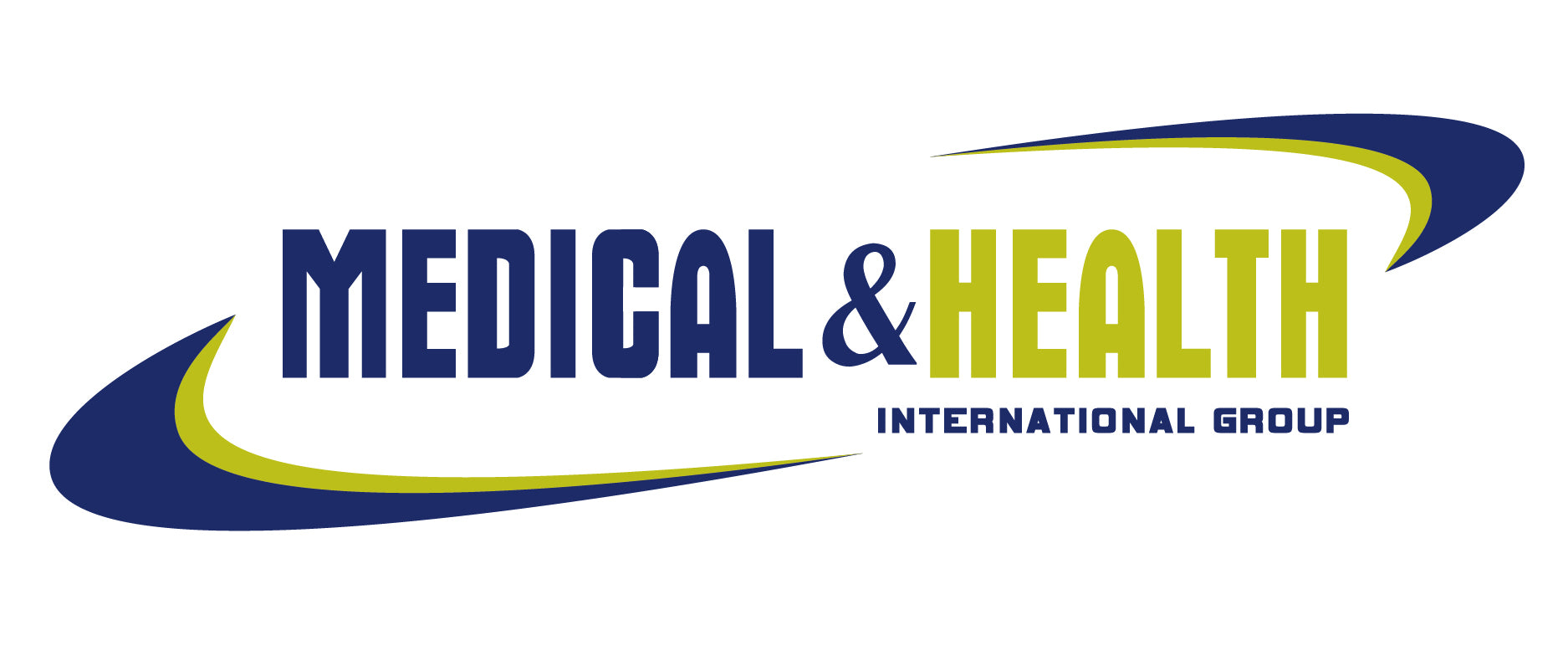
Uses of Polyethylene Glycol:
Polyethylene glycol is valued for its water-solubility, biocompatibility, and ability to modify the properties of substances it interacts with. Some of its common uses include:
Pharmaceuticals: PEG is used in pharmaceuticals as a solubilizing agent, excipient, and carrier for drug delivery systems. It enhances the solubility of hydrophobic drugs, allowing for better absorption in the body.
Personal Care and Cosmetics: In skincare products, PEG serves as a thickener, emulsifier, and moisturizer. It helps maintain stable formulations and enhances the texture and feel of creams, lotions, and shampoos.
Food and Beverage Industry: PEG is used in the food industry as a humectant and stabilizer. It helps retain moisture in food products, preventing them from drying out, and improves the shelf life of certain items.
Industrial Processes: PEG is employed in various industrial processes such as lubricants, plastics, and textiles. It serves as an antistatic agent, mold release agent, and additive in manufacturing.
Medical Procedures: PEG is used in medical procedures like colonoscopy preparations and as a laxative to treat constipation. It promotes bowel movements by increasing water content in the intestines.
Interactions with Substances:
One of the notable characteristics of PEG is its ability to interact with different substances. Its hydrophilic nature allows it to form hydrogen bonds with water molecules, enabling it to dissolve in water and improve the solubility of hydrophobic compounds. This makes PEG an effective carrier for poorly water-soluble drugs, enhancing their bioavailability.
Mechanism of Action:
The mechanism of action of PEG can be attributed to its amphiphilic (water-attracting and water-repelling) nature. When used as an excipient in pharmaceuticals, PEG molecules can create a protective layer around drugs, preventing agglomeration and improving their dispersibility in solution. In drug delivery systems, PEGylation refers to the covalent attachment of PEG molecules to drugs or nanoparticles, which can increase drug stability, prolong circulation time, and reduce immunogenicity.
In personal care products, PEG serves as an emulsifier, helping to mix water-based and oil-based ingredients. Its surfactant properties aid in breaking down oil and dirt, making it a common ingredient in cleansers and shampoos.
In conclusion, polyethylene glycol's versatile properties and interactions with various substances have made it an essential component in a wide range of applications. Its ability to enhance solubility, improve stability, and modify the properties of substances it interacts with has led to its widespread use in pharmaceuticals, personal care products, food, and industrial processes. By harnessing its mechanisms of action, scientists and industries continue to explore new ways to leverage the benefits of polyethylene glycol, contributing to advancements in technology, healthcare, and everyday convenience.
